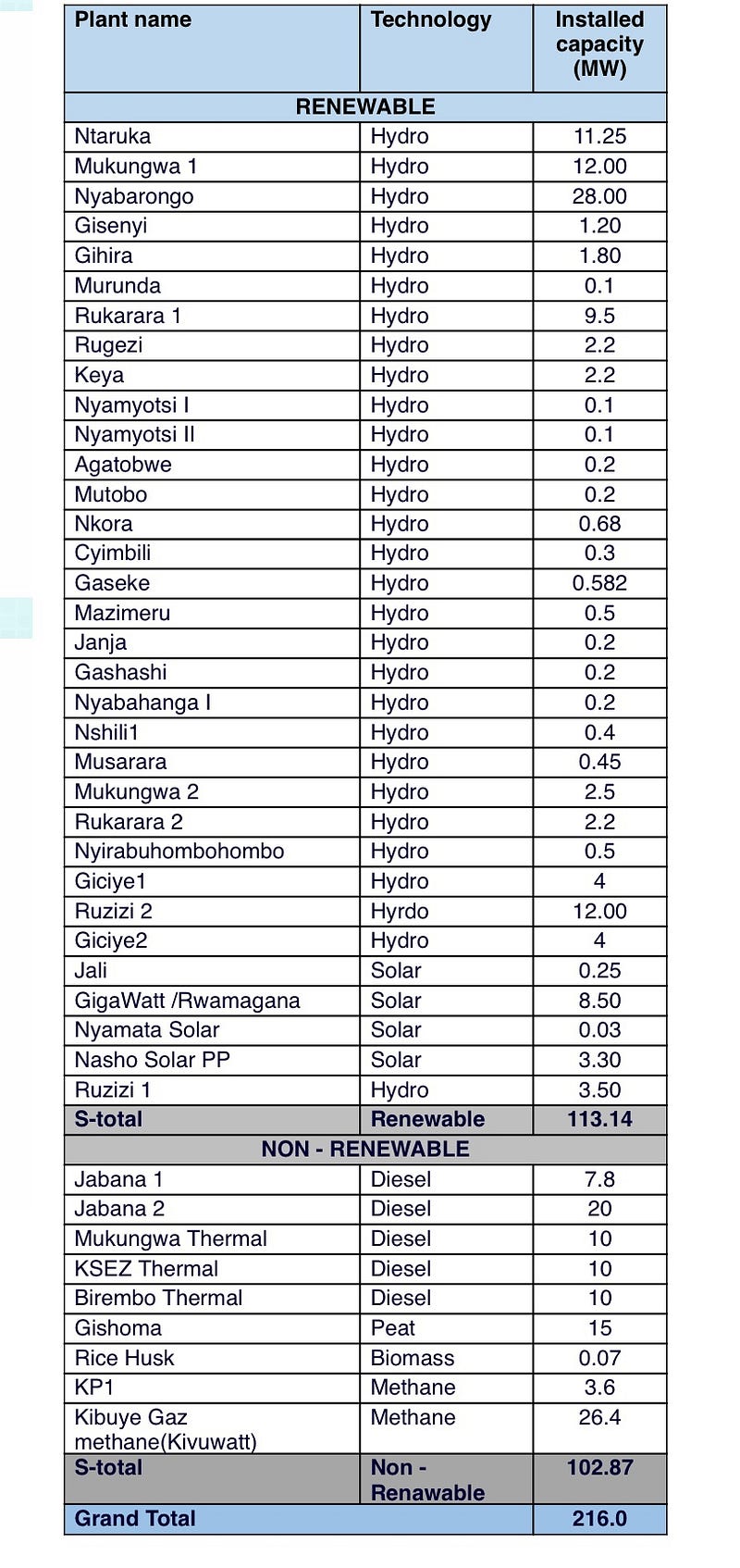
By David Himbara
Kagame Has Received An Extraordinary Complement. Two Researchers Claim That ”Rwanda Has Implemented One Of The Most Comprehensive Electrification Programmes In The World.” Unfortunately For The Researchers, They Took Kagame’s Delusional Statements Seriously.
Two academics have made a sensational claim about President Paul Kagame’s Rwanda. The two are Professor Jörg Peters Professor of the University of Passau and Visiting Associate Professor at the University of the Witwatersrand in Johannesburg, and Dr. Maximiliane Sievert from RWI — Leibniz Institute for Economic Research in Germany.
Based on their research, the two scholars have concluded that Rwanda’s electrification program is one of the most impressive in the world. Peters and Sievert explain this purported achievement in their article ”How electricity changes lives: a Rwandan case study” as follows:
”Rwanda has implemented one of the most comprehensive electrification programmes in the world. In 2009 only 6% of Rwandans had access to electricity. The government’s aim is to lift this to 70% by 2018.”
I am sure Peters and Sievert have heard the phrase infamously uttered by Joseph Goebbels that “If you tell a lie big enough and keep repeating it, people will eventually come to believe it.” This is how Kagame’s totalitarian state operates, too. Kagame keeps repeating falsehoods and eventually, some people believe them, no matter how outlandish.
As Peters and Sievert assert, the Kagame regime did indeed state that electricity access would reach 70% in 2018 — but it is one thing to make grandiose statements, and what another to achieve the intended outcomes. Kagame’s delusional statement about electricity access is no exception — it remains a mirage. Peters and Sievert fell for Kagame’s fantasy.
Kagame’s electricity supply remains meagre

On paper, Rwanda has 216 Megawatts of installed generation capacity . The breakdown of the currently installed generation capacity is shown below in table 1.
TABLE 1: CURRENT INSTALLED GENERATION CAPACITY

It is important to note, however, that 23% of the 216 Megawatts is lost — meaning that Rwanda has only 166 Megawatts. The Rwanda Energy Group (REG) provides three factors that account for this significant loss:
- Overloading of transformers;
- Unidentified faulty meters; and
- Un-billed energy consumption by clients.
To get a sense of how little 166 Megawatts of electricity is, Microsoft Corporation’s data center in Chicago is powered by 175 Megawatts — which is equivalent to the electricity consumption of 70,000 homes in Illinois. Rwanda, with a population of 12 million has the same amount of electricity as one data center.
Kagame’s Rwanda has not achieved 70% electricity access — data from the Rwanda Energy Group indicates that access stands at 41%.
Regarding electricity access, the national utility company, Rwanda Energy Group (REG) presents the current realities as follows:
“the number of households accessing electricity has increased from 10% in 2010 to 41% in October 2017. Among the 41% accessing to electricity, 30% of the households are connected to the national grid while 11% are accessing through off-grid solution, mainly solar energy.”
Meanwhile, electricity access shows a sharp difference between urban and rural Rwanda. The urban connection rate stands at 72% versus 9% for rural Rwanda. People without power in the country as said to be 8 million.
Comparatively, Rwanda’s ”annual consumption of electricity per capita is among the lowest in Africa, with approximately half of the consumers using an average of less than 20 kWh per month.”
So what next for Kagame’s Rwanda with regards to electricity access?
Kagame’s latest target for universal electricity access is 2024, with 52% coming from on-grid electricity and 48% from off-grid sources. Meanwhile, Kagame’s target for transforming Rwanda from a low-income to the middle-income state has shifted from 2020 to 2035. Kagame had little choice but to shift the goal posts. Two years away from 2020, Rwanda’s per capita income remains a meager US$702. It would be a miracle to reach the US$1,025 mark in two years, which is the least required to attain the middle-income status.




























































